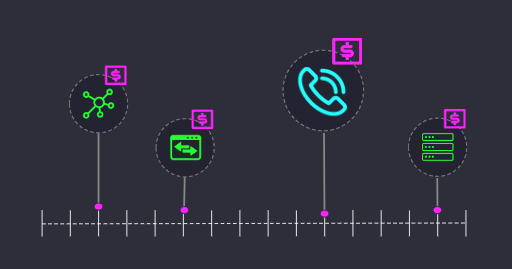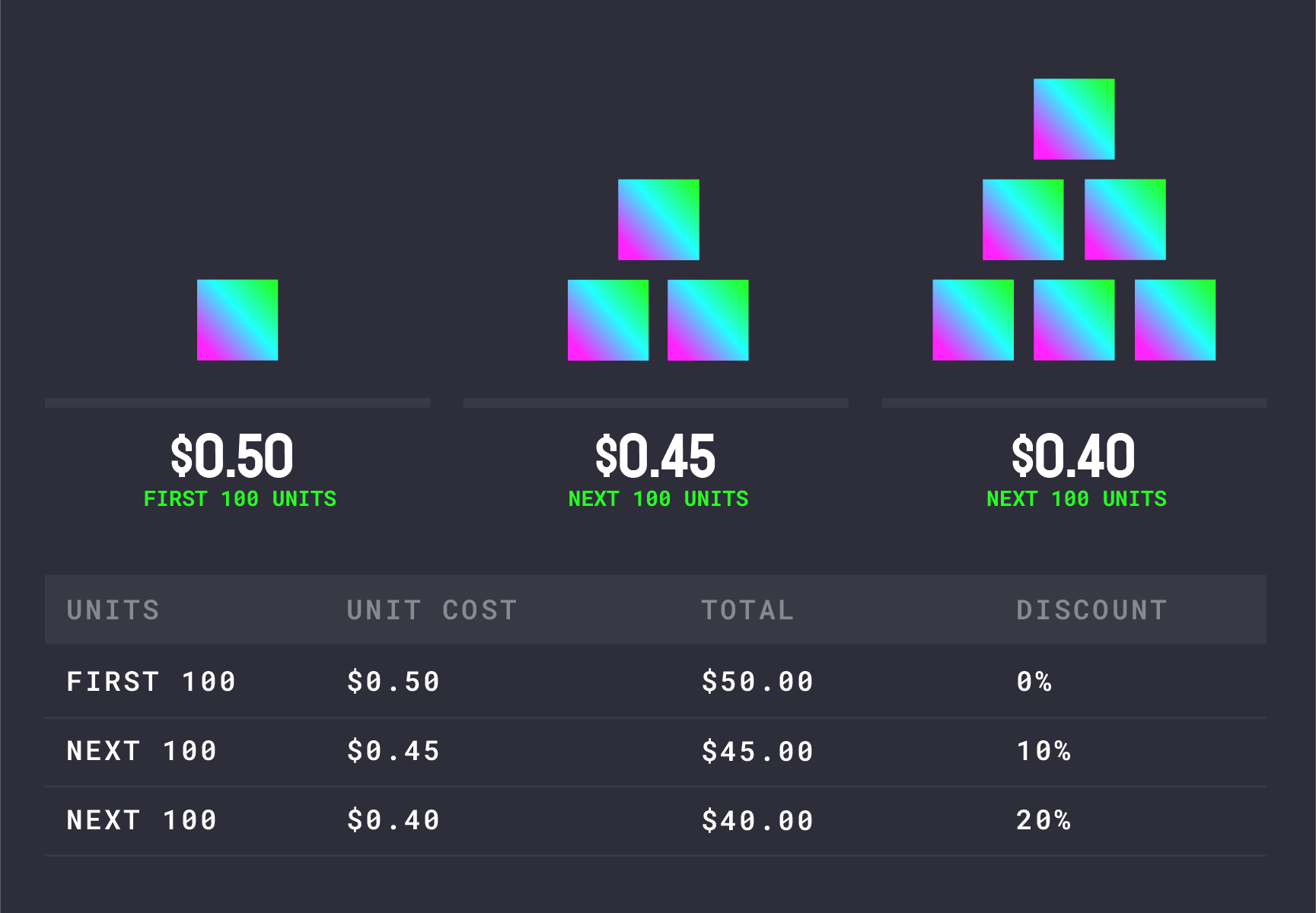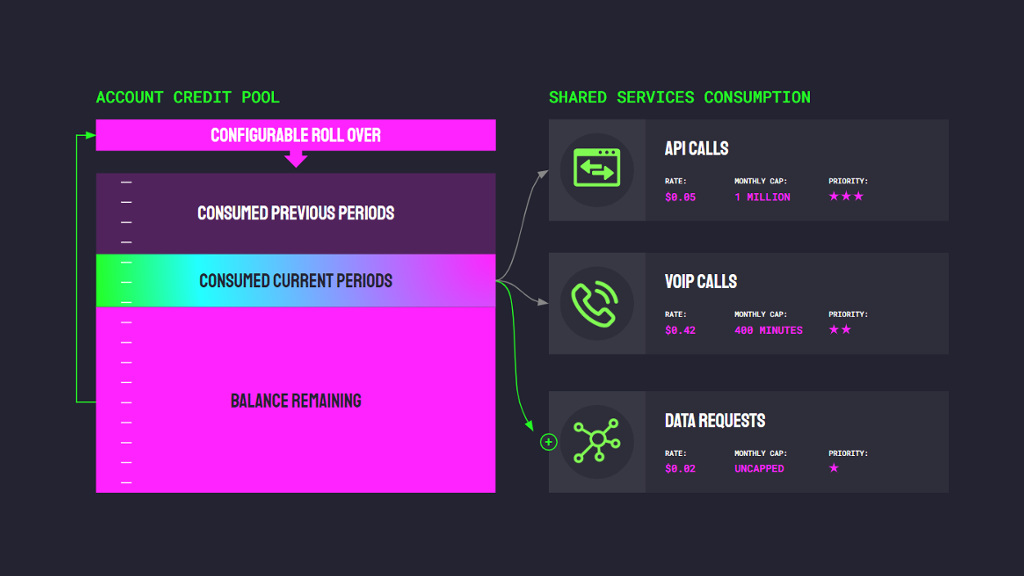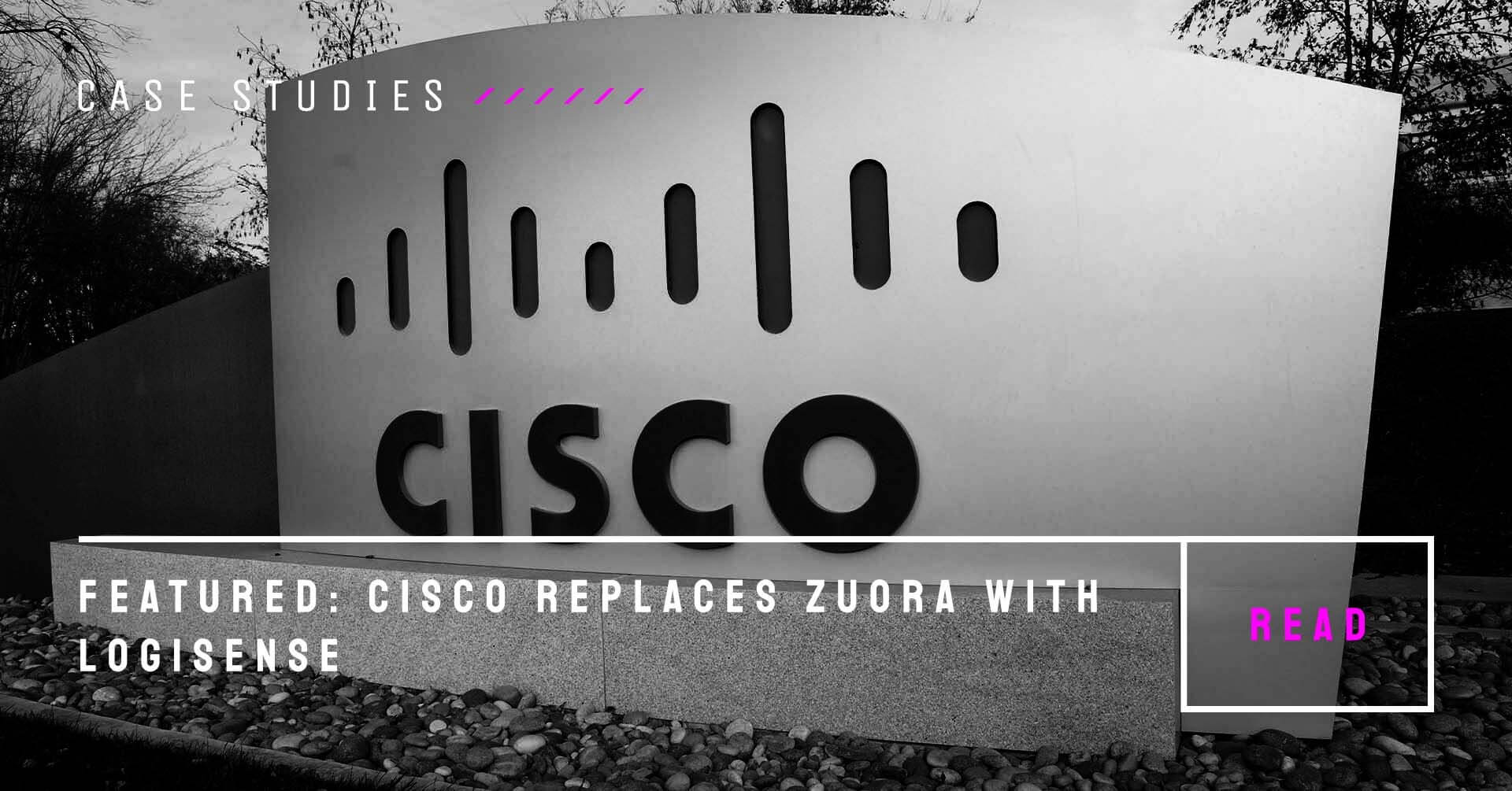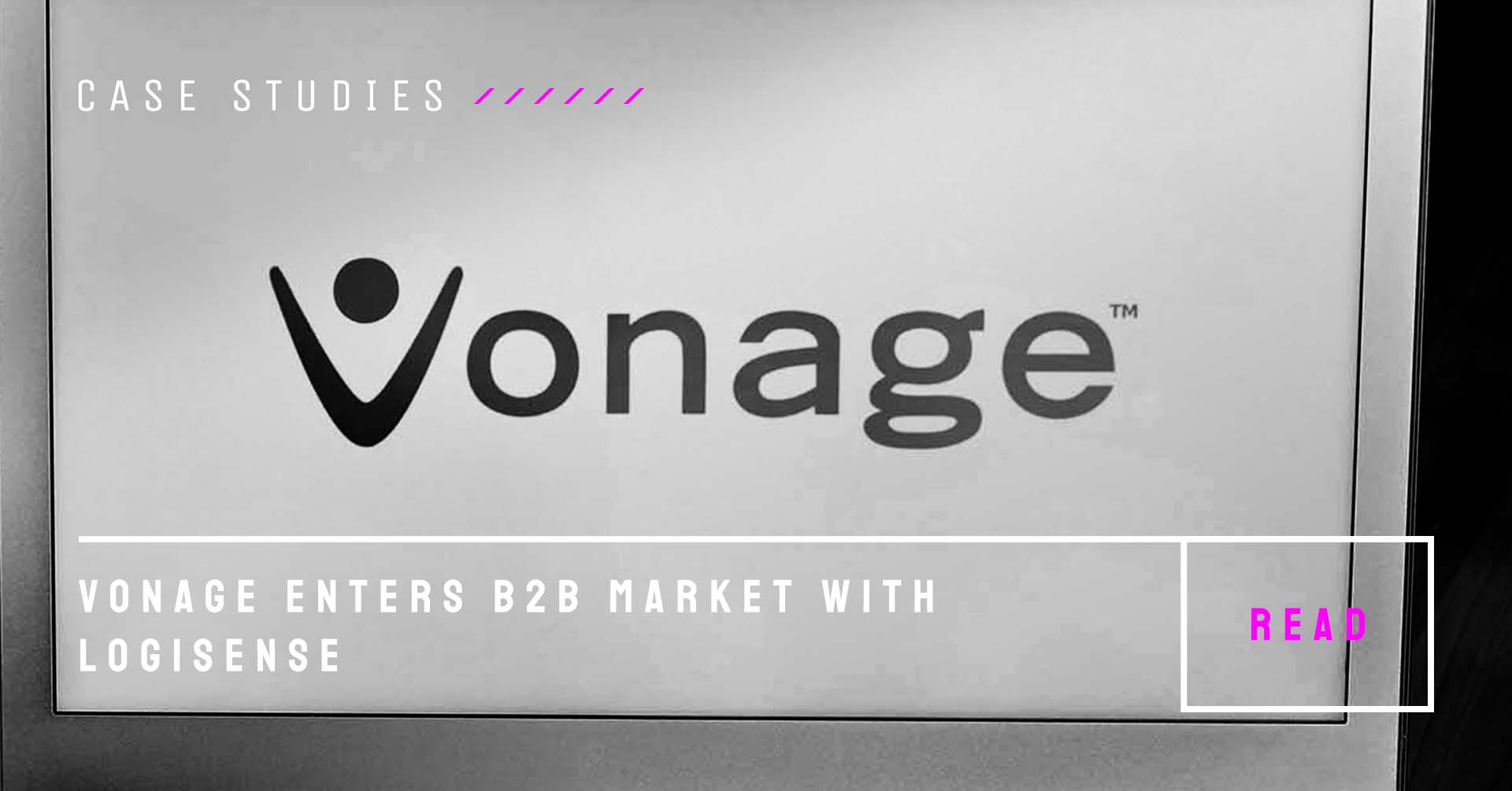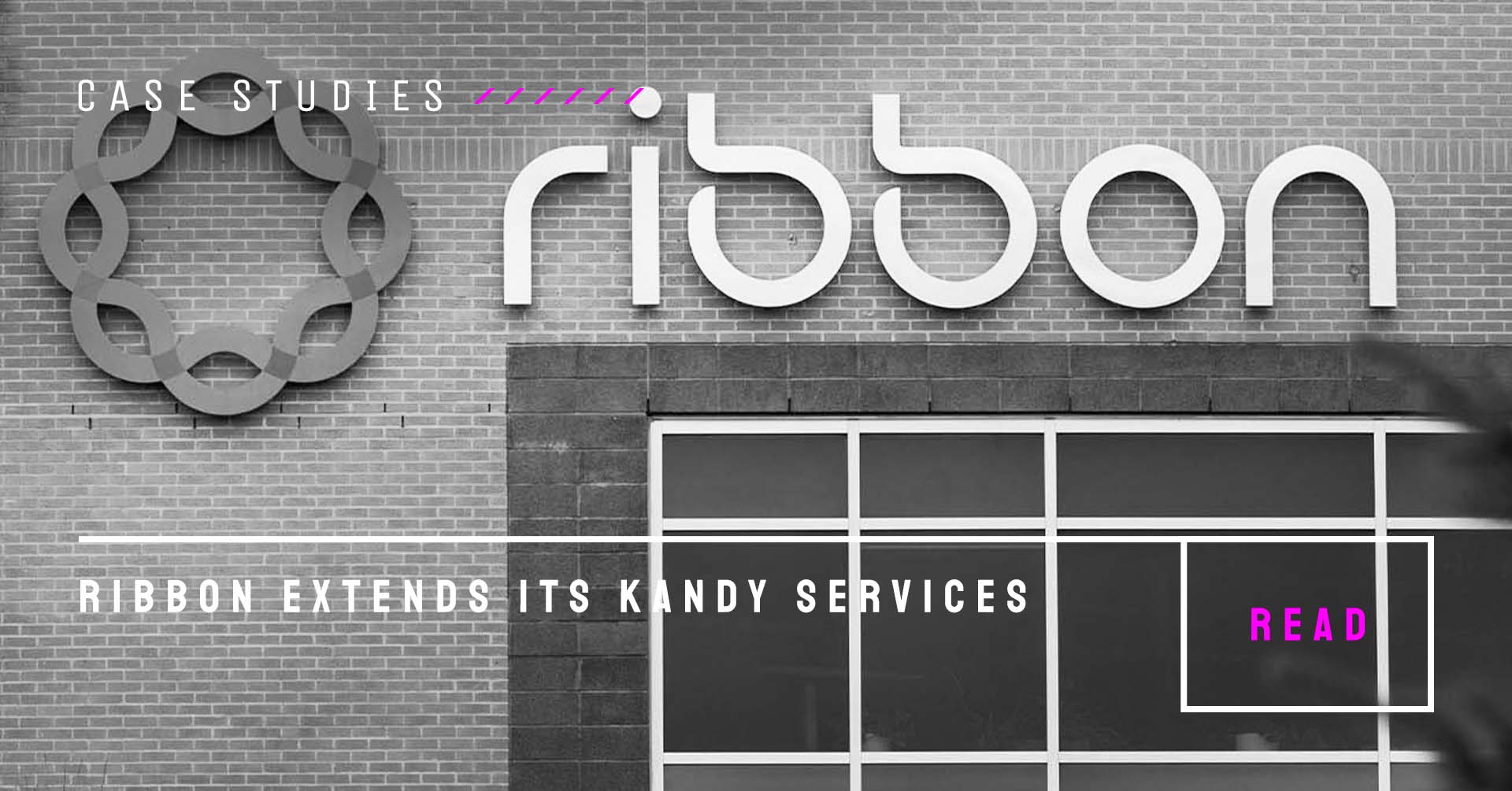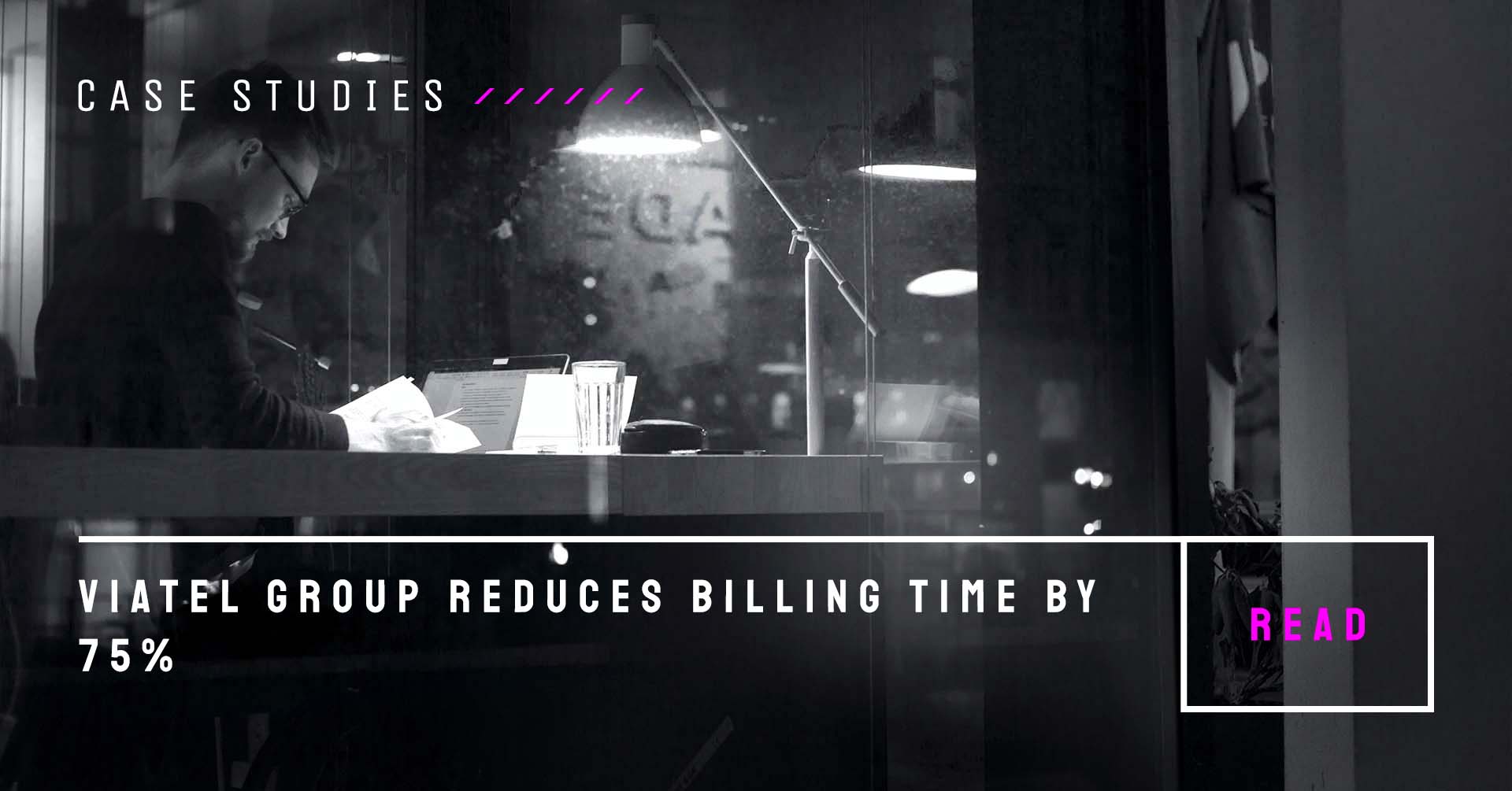it can be billed /
For high-tech organizations, usage data is an important source of information to measure performance. Usage data not only provides clarity into the customer’s actual usage habits, but also helps you answer questions about how product features are being used, and what to develop next.
With the help of today's cloud technologies, it's possible to track usage data from phone calls, data, API, minutes, etc., and charge for it appropriately.
Once you've captured the usage data, you'll need to review them for any possible errors that need to be fixed and reprocess the failed records. This process of data transformation requires a robust usage-based billing software.
